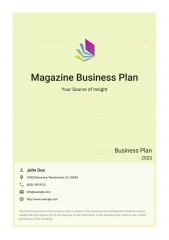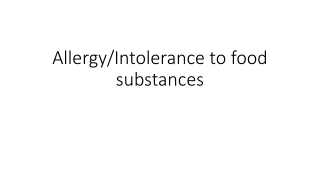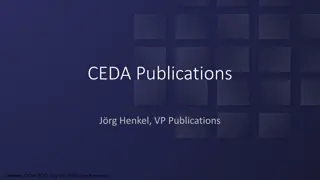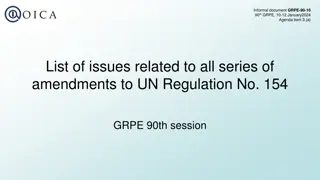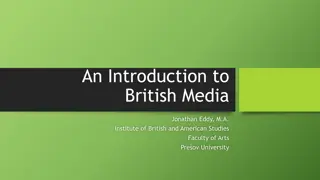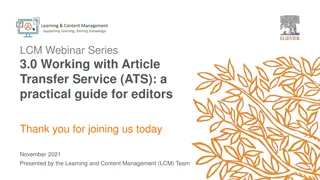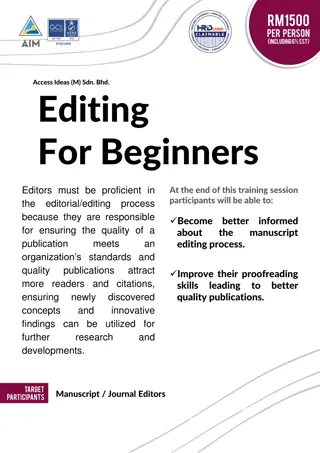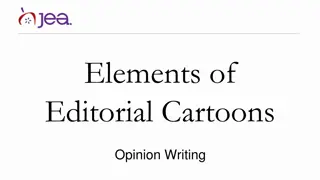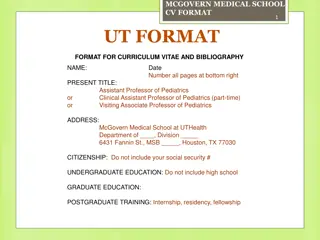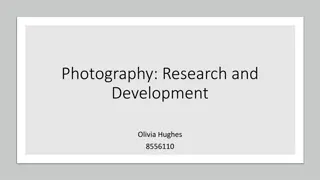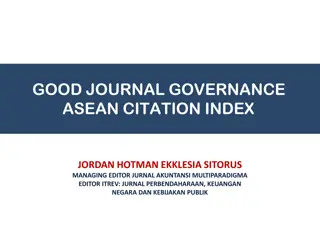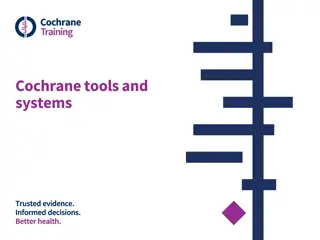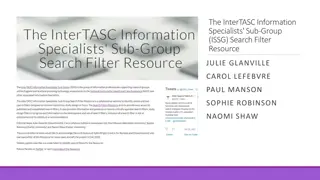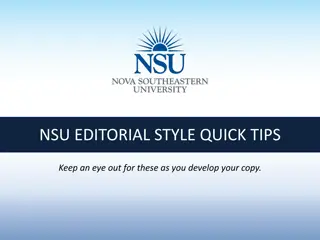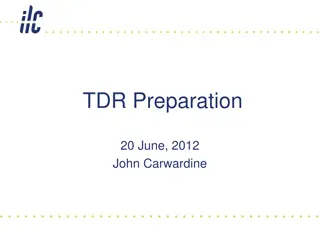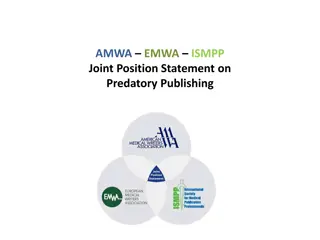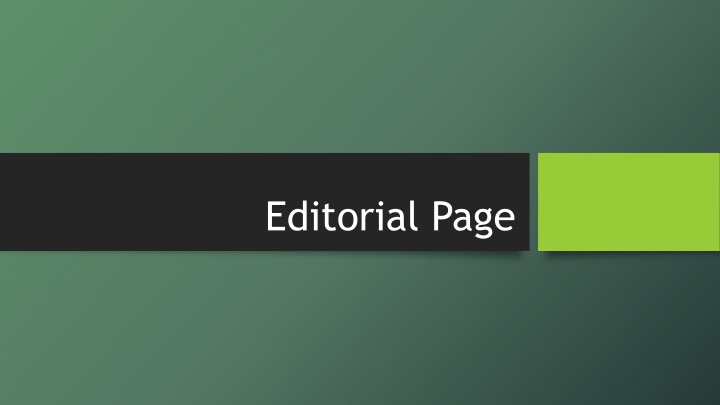
Insightful Editorial Page: The Voice of Newspapers
Explore the significance of an editorial page in newspapers, offering opinions on government decisions, elections, and public issues. Editorial writers have the freedom to take sides, fostering conversation and democracy. Learn how the editorial board of newspapers like The Washington Post operates independently from news sections, providing informed and independent views on various topics.
Download Presentation

Please find below an Image/Link to download the presentation.
The content on the website is provided AS IS for your information and personal use only. It may not be sold, licensed, or shared on other websites without obtaining consent from the author. If you encounter any issues during the download, it is possible that the publisher has removed the file from their server.
You are allowed to download the files provided on this website for personal or commercial use, subject to the condition that they are used lawfully. All files are the property of their respective owners.
The content on the website is provided AS IS for your information and personal use only. It may not be sold, licensed, or shared on other websites without obtaining consent from the author.
E N D
Presentation Transcript
The Editorial Page Is One means Of Conversation Between a Newspaper and Its Readers, But Look Closer and You ll Find Reporting, Advocacy and Some Wicked Humor. Who Knew Something So Gray Could Be So Colorful?
The editorial page is the one daily section of a newspaper that always voices an opinion. Unlike news articles, editorials are allowed to be for or against decisions of government, choose favorites in elections and take a stand in debates on public issues.
The editorial page is not only allowed to take a stand, its supposed to take a stand. That is its role. News writers are supposed to report all sides. Editorial writers get to take sides. News writers get in trouble if they say what they favor or oppose. Editorial writers get in trouble if they don t. On the editorial page, readers of the paper get to take a stand as well in letters to the editor.
Its a great conversation between the paper and its readers, says Fred Hiatt, editor of The Washington Post editorial page. It s unique to democratic societies. Hiatt is head of the editorial board, made up of nine experienced writers. The board meets once a day to discuss the news and choose topics and opinions for editorials.
Occasionally, the chairman of The Washington Post, Donald E. Graham, sits in. Board members need not agree on everything. But he prefers that they reach some rough agreement (or consensus) because their editorials speak for the newspaper. That does not mean that reporters in the news sections must reflect the views of the editorial page.
At The Washington Post, a real wall and a virtual wall separate the editorial page from the news sections. Each works independently, thinks independently and reports to different bosses. Post rules say neither should influence the other.
What is the contribution of a good editorial page? With no selfish intent, it provides an informed and independent view on all topics, from how the schools are run to who should be president.

